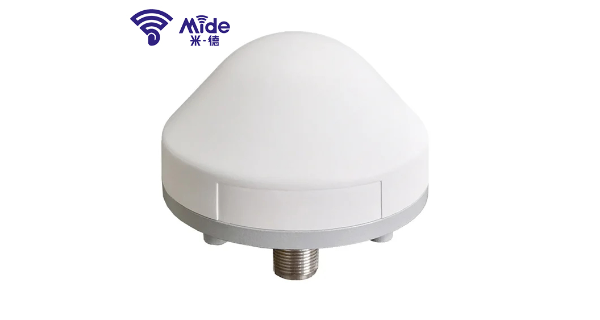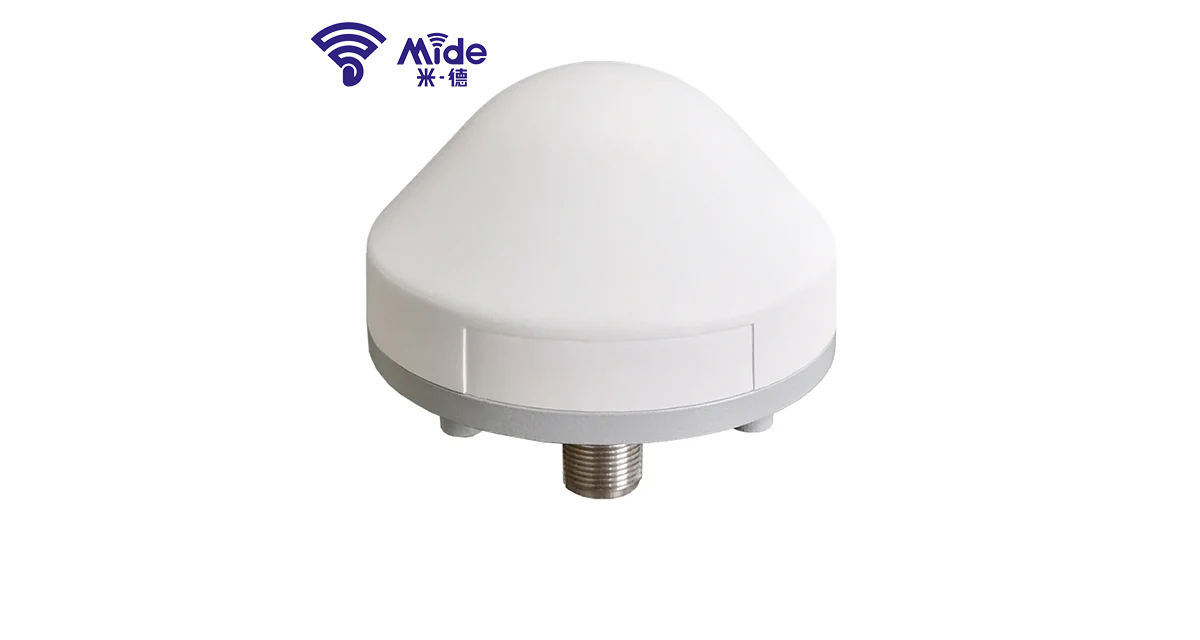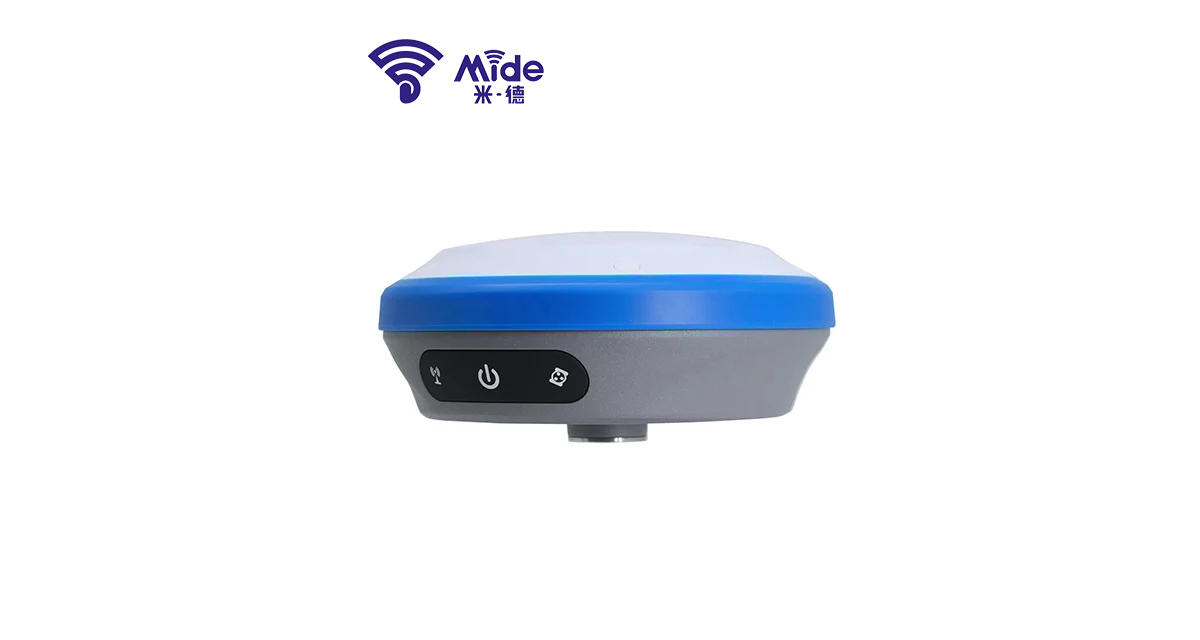News
Site Editor
 Site
https://mide-act.usa72.wondercdn.com/uploads/image/635cdcc32f0fa.png
A GNSS (Global Navigation Satellite System) receiver is an electronic device that uses signals from a network of satellites to determine the precise location of the receiver. It receives signals transmitted by GNSS satellites and uses complex algorithms to calculate the exact position, velocity, and time of the receiver.
Site
https://mide-act.usa72.wondercdn.com/uploads/image/635cdcc32f0fa.png
A GNSS (Global Navigation Satellite System) receiver is an electronic device that uses signals from a network of satellites to determine the precise location of the receiver. It receives signals transmitted by GNSS satellites and uses complex algorithms to calculate the exact position, velocity, and time of the receiver.
Difference Between a GNSS Receiver and GNSS Antenna
Views: 660
Author: Site Editor
Publish Time: 2023-03-30
Origin: Site
Are you confused about the difference between a GNSS receiver and a GNSS antenna? You're not alone! While both are crucial components in obtaining accurate GNSS data, they serve very different functions. In this blog post, we'll explore the differences between GNSS receivers and antennas . So whether you're new to GNSS or an experienced user, read on to find out more!
What is a GNSS receiver?
A GNSS (Global Navigation Satellite System) receiver is an electronic device that uses signals from a network of satellites to determine the precise location of the receiver. It receives signals transmitted by GNSS satellites and uses complex algorithms to calculate the exact position, velocity, and time of the receiver.
The GNSS receiver works by receiving signals from multiple GNSS satellites in orbit around the Earth. These satellites transmit signals that include information about their location and the exact time the signal was transmitted. The receiver uses these signals to compute its own position by comparing the time it received the signal from each satellite with the time the signal was transmitted. By determining the time difference between when the signals were sent and received, the receiver can calculate the distance between itself and each satellite.

What is a GNSS antenna?
A GNSS (Global Navigation Satellite System) antenna is an electronic device that receives signals from a network of GNSS satellites orbiting the Earth. The antenna acts as an interface between the satellite network and the GNSS receiver, collecting the signals and transmitting them to the receiver for processing.
GNSS antennas are designed to receive signals at specific frequencies and polarizations that are used by different GNSS systems such as GPS, GLONASS, Galileo, and BeiDou. They typically operate in the L-band frequency range (1-2 GHz) and are usually located on the roof or exterior of a vehicle, building, or other structure to have a clear line of sight to the sky.

GNSS receiver vs GNSS antenna: what's the difference?
Two crucial components of a Global Navigation Satellite System (GNSS) are the GNSS receiver and the GNSS antenna. These two components work together to provide precise location data, but they serve distinct functions.
The GNSS receiver is responsible for processing the signals transmitted by GNSS satellites. This involves taking the signals received by the antenna and using them to determine the exact position of the receiver. The receiver performs complex calculations to correct for any distortions or errors in the signals, such as atmospheric interference, which can impact the accuracy of the location data. In essence, the receiver is the brains of the GNSS system, using advanced algorithms to interpret satellite signals and provide accurate positioning information.
On the other hand, the GNSS antenna is responsible for receiving the signals transmitted by the GNSS satellites. It acts as the interface between the satellite network and the GNSS receiver, collecting the signals and transmitting them to the receiver for processing. The antenna's design is crucial to ensure it can receive signals from multiple satellites simultaneously and maintain constant communication with them. A high-quality antenna can help improve the accuracy and reliability of the positioning data collected by the GNSS system.
In summary, while both the GNSS receiver and antenna are essential components of a GNSS system, their roles and functions are different. The receiver processes the signals received by the antenna to determine the exact location of the receiver and correct for any errors, while the antenna receives the signals transmitted by the satellites and transmits them to the receiver for processing.
In conclusion
Understanding the difference between a GNSS receiver and a GNSS antenna is essential when working with these technologies. Whether you are using GNSS systems for navigation, surveying, mapping, or other applications, it is important to choose the right components and understand how they work together to deliver accurate and reliable results.
If you're interested in learning more about GNSS technology or incorporating it into your workflows, consider reaching out to a trusted provider or expert in the field to discuss your options and explore potential solutions. With the right tools and expertise, you can leverage the power of GNSS to achieve your goals and take your operations to the next level.





